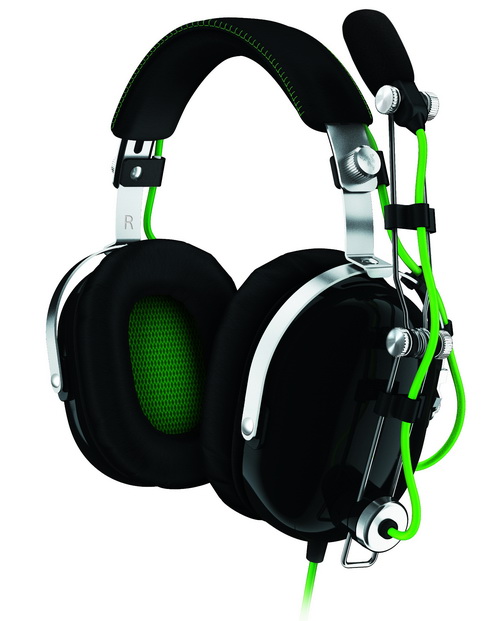INTRODUCTION

With the release of Call of Duty Black Ops II, Assassins Creed III and Hitman Absolution (also Planetside 2 if you're into serious online FPS gaming) inside this month we found the excellent opportunity to test several gaming peripherals we had lined up. I mean what better way to test something that was designed and manufactured primarily for gamers (and by gamers in most cases) than to use it while playing the latest games to hit the market? I really can't think of anything better and although we have lots of things to test aside gaming peripherals and thus we can't really spend the largest portion of our day gaming still we did manage to log enough hours to complete the single player campaign of COD Black Ops II (the "concert" at the end was quite funny) and also get a good taste of the other three. Amongst all the gaming peripherals we tested was the latest and quite impressive Blackshark stereo gaming headset by Razer.
Razer is more than just the world's leading brand in gaming. We were founded in 1998 in San Diego, California by our CEO Min-Liang Tan and our President Robert "Razerguy" Krakoff in a tiny shared office with a couple other gamers. We have grown today to hundreds of employees worldwide with offices in nine cities, including San Francisco, Hamburg, Seoul, Shanghai and Singapore. Our vision from the very beginning was to be the world's greatest gaming brand and we've set out to achieve that by designing the best gaming products that any gamer has ever seen.
Just like Saitek a few years back Razer decided to design and manufacture a gaming headset that looks a lot like the ones used by pilots (attack helicopter and civilian planes mostly) not only in an effort to increase realism when playing such games but also because the design offers increased comfort compared to others. Specs-wise the Razer Blackshark headset comes with two (stereo) 40mm neodymium magnet drivers featuring a frequency response of 20Hz-20KHz, 29Ohm impedance, 105dBA (+-3) sensitivity and a removable boom microphone with a frequency response of 50Hz-16KHz and a 50dB signal to noise ratio. Of course since nowadays most gaming headsets feature virtual surround audio via 3D audio USB cards (and in some cases "real" surround audio via multiple small drivers) it's quite understandable that many people may not like the stereo nature of the Blackshark as we've stated in the past many times over that's not really the case since in many different scenarios stereo headsets provide a much more accurate and clear sound experience than most virtual surround ones. How does the Blackshark perform however is something we will be talking about later on.

 O-Sense
O-Sense







.png)

